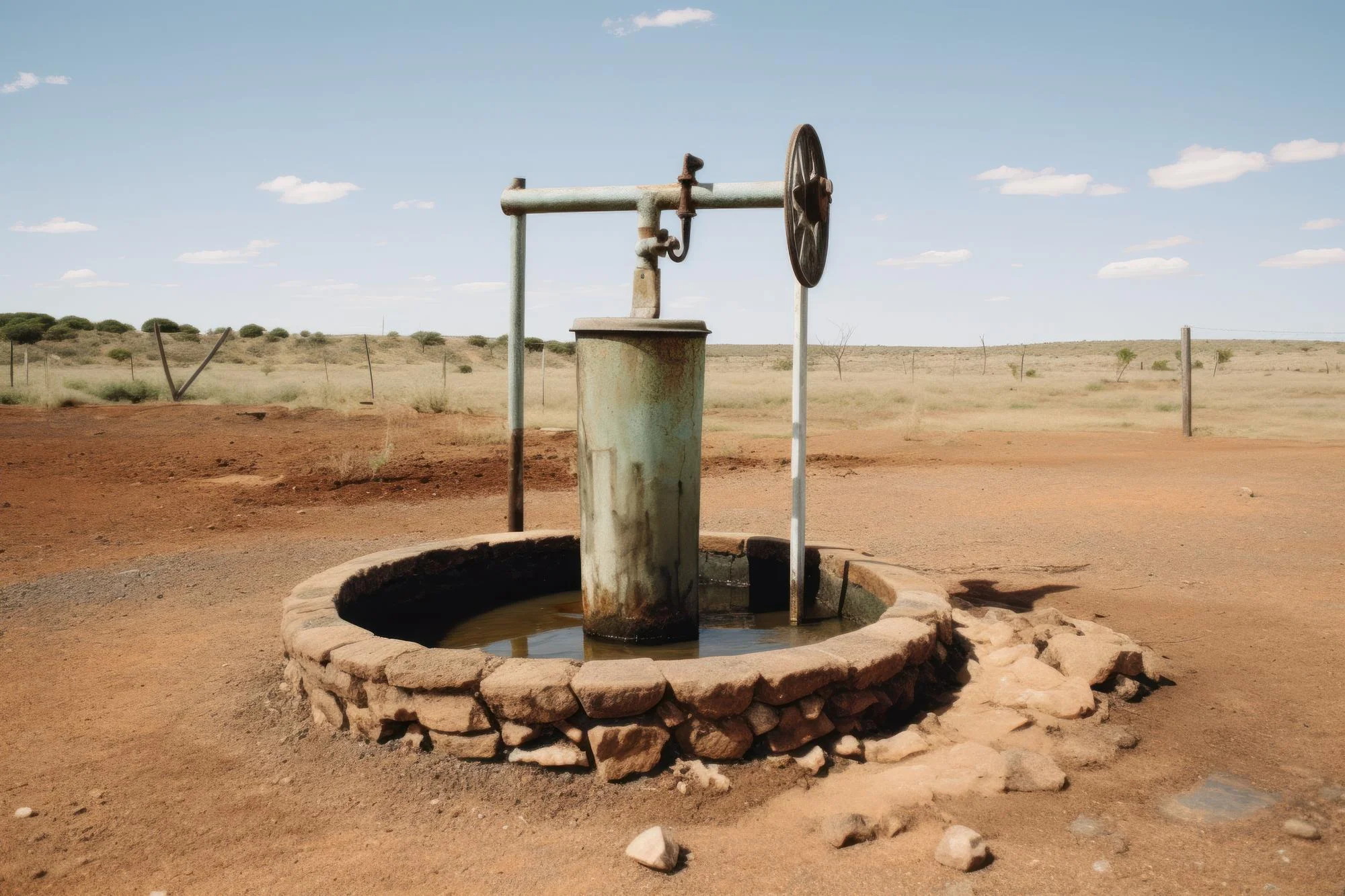Amidst the rapid urban growth and continuous transformation of residential landscapes, an alarming issue hangs over many regions around the world—particularly in developing countries where sanitation deficiencies prevail. A recent research publication in The Science of the Total Environment journal offers significant insights into this critical problem. The study, entitled “Emerging organic compounds as markers of the degradation of groundwater qualitative and quantitative equilibrium in a context of rapid urban expansion,” is a clarion call for the understanding and management of urban water resources.
DOI: 10.1016/j.scitotenv.2024.170068
The work conducted by an international team from Tunisia and France—Ben Nasr W, Huneau F, Trabelsi R, Zouari K, Garel E, and Leydier T—aims to shed light on the potential threats to groundwater quality and availability as urban sprawl continues unabated.
The Study’s Findings
In their article, the authors present a comprehensive approach to assessing the sensitivity of anthropized aquifers to man-made impact. Through a detailed analysis of emerging organic contaminants (EOCs), the study uniquely captures the degradation of groundwater because of urban development and inadequate sanitation.
Using the shallow aquifer beneath Grand-Sfax, Tunisia, as a case study, the researchers demonstrated the effectiveness of tracking EOCs as indicators of groundwater balance alteration from exposure to untreated wastewater. By monitoring piezometric levels and EOC spatial contamination patterns, the authors offer a vivid delineation of the most impacted areas of the aquifer.
Their findings unequivocally showed a significant link between the rise in piezometric levels from untreated inputs and the intense levels of contamination found in the groundwater. This understanding of EOCs’ underground movement allows for an evaluation of the diffusion and concentration of contaminants across the aquifer.
Groundwater as a Reflection of Lifestyle
The groundwater’s capacity to reflect local populations’ lifestyle—their usage patterns of organic molecules—was also evaluated in the study. These reflections aren’t fleeting; they represent a legacy of persistent contamination that this methodology is uniquely equipped to reveal.
The EOCs, which serve as tracers and come with varying levels of persistence, enable spatial observation of the aquifer’s ongoing exposure to contamination processes. This paves the way for constructing a conceptual understanding of aquifer vulnerability amidst urban pressures and the forecasting of potential detrimental effects due to further unplanned urbanization.
Implications and Recommendations
Given the gravity of the findings, the implications for societies reliant on groundwater can’t be understated. The study emphasizes the urgent need for updated sanitation strategies, particularly in rapidly expanding urban environments, to safeguard water resources from persistent chemical exposure.
Furthermore, the study presents essential findings for municipal planners, environmental regulatory agencies, and civil society to consider. It calls for:
1. The adoption of sustainable urban planning practices that include the protection of critical water sources.
2. The improvement of sanitation infrastructure ensuring the safe processing of wastewater before it reaches aquifers.
3. A serious consideration of the cumulative effects of urban sprawl on natural resources, pushing for policy reforms to ensure better regulatory controls.
References
1. Ben Nasr W, Huneau F, Trabelsi R, Zouari K, Garel E, Leydier T. Emerging organic compounds as markers of the degradation of groundwater qualitative and quantitative equilibrium in a context of rapid urban expansion. The Science of the Total Environment. 2024;170068. DOI: 10.1016/j.scitotenv.2024.170068.
2. UNESCO World Water Assessment Programme. UNESCO WWAP (United Nations World Water Assessment Programme). The United Nations World Water Development Report. Paris: UNESCO, 2022.
3. Howard, K.W.F, Gelo, K.K. Contamination of Groundwater by Wastewater in Urban Areas in Developing Countries. In: Groundwater in the Urban Environment: Problems, Processes and Management. CRC Press, 2019.
4. Foster, S., Garduño, H. Urban Groundwater Use Policy: Balancing the Benefits and Risks in Developing Nations. World Bank Publications, 2022.
5. Li, X.Y., Liu, L.J., Wang, Y.S., Luo, G.A. Characterizing the Pollution of Trace Organic Contaminants in Groundwater Sources and the Implications for Water Supply in Urbanizing Areas of China. Water Research, 2020.
Keywords
1. Groundwater contamination
2. Urban sprawl impact
3. Emerging organic contaminants
4. Sustainable urban planning
5. Sanitation and aquifer protection
Conclusion
This pioneering study, recently published in The Science of the Total Environment journal, underscores the hidden costs of urban expansion. The innovative approach of employing EOCs as tracers illuminates a pressing environmental crisis: the degradation of groundwater quality. Policymakers, environmentalists, and the public at large are urged to heed the data and insights presented by the authors to initiate a global reassessment of groundwater management practices.
Groundwater resources, once assumed to be perennially shielded from human activities, are revealed to be vulnerable to the onslaught of urban sprawl. The research from Grand-Sfax, Tunisia, becomes a harbinger of a global condition, making a strong case for proactive strategies to mitigate future risks and protect our essential water resources.
The study now stands as a pivotal resource for environmental regulation and serves as a cornerstone for acknowledging and addressing the environmental footprints left by human expansion. Indeed, the very balance of groundwater quality and quantity—crucial to life and civilization—may hang in the balance.
